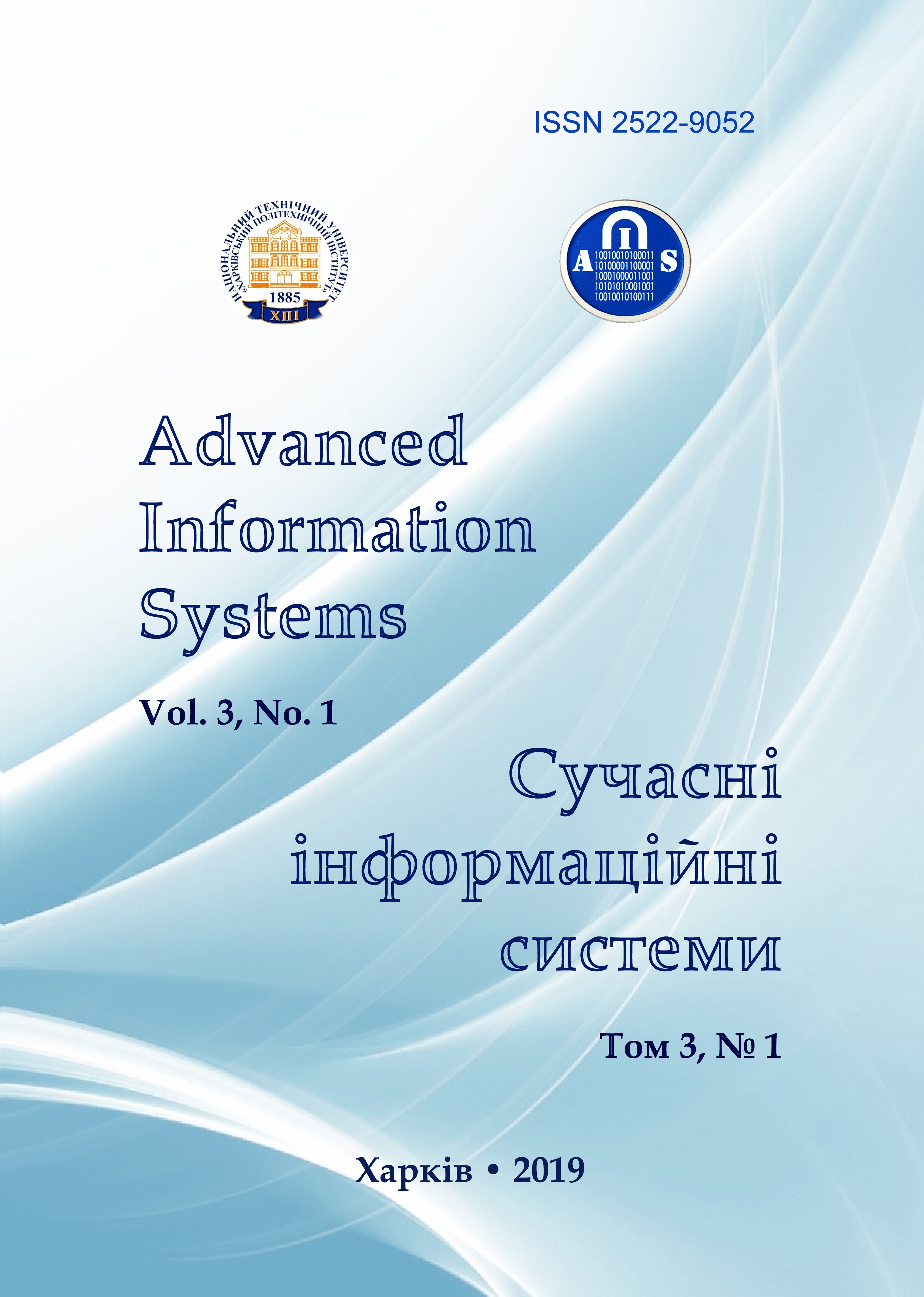DEVELOPMENT OF UAV SOS FLIGHT COMBAT RECONNAISSANCE MISSION PROGRAM
Main Article Content
Abstract
System of systems (SoS) conception for dynamic objects group have been become a very important direction in various areas on science and industry, including military. SoS is consisted of components which solve one task and on the whole jointing own properties and possibilities these components creat the complex system with new qualities. SoS is such system which during various operations combines and joints itself a synergetics of comands, control functions, network and feedback information change. In given paper, development of the combat task program of Unmanned Aerial Vehicles System of Systems offered version has been presented. Usually, the land control center manage UAVs by using of radio wireless. But it has shortcomings: 1) a radio wireless can be destroy, and in the best case UAV does not emplement task and self returns base; 2) an enemy taps the radio wireless and carry out UAVs control. The creation of SoS on the basis of UAVs eliminates these flaws. In accordance with written in memory software program, UAVs SoS is self-controlled by infra-red (IR) wireless using “feedback” principle and it implement combat task independently. If some of UAVs loss IR-wireless then it (or they) return land control center independently. If some of UAVs is destroyed under enemy fire then other UAVs continue to implement a combat task. The Hamilton equations of motion of the given system has been obtained. The IR wireless between UAVs, radio wireless between UAVs and land control post, and UAVs flight control conditions have been offered. It is shown that Unmanned Aerial Vehicle System-of-System complex can implement in various military reconnaissance tasks.
Article Details
References
Bayramov, A.A. and Hashimov E.G. (2017), “The numerical estimation method of a task success of UAV reconnaissance flight in mountainous battle condition”, Advanced Information Systems, Vol. 1, No. 2, pp. 70–73, DOI:
http://dx.doi.org/10.20998/2522-9052.2017.2.12
Hashimov, E.G., Bayramov, A.A., Abdullayev, F. and Mammadli, A. (2017), “Development of the multirotor Unmanned Aerial Vehicle”, National security and military sciences, Vol. 3, No. 4, pp. 21–31.
Bayramov, A.A., Hashimov, E.G., Hasanov, A.H., Pashayev, A.B. and Sabziev E.N. (2018), “SMART control system of systems for dynamic objects group”, Bulgarska Voenna Misal, Sofia, Is. 2.
Jamshidi M. (2009), Systems of systems engineering. Principles and Applications, CRC Press Taylor & Francis Group, Boca Raton London, 111 p.
(2010), Systems Engineering Guide for Systems of Systems: Essentials, Washington, D.C.: Office of the Director, Defense Research and Engineering, Director of Systems Engineering.
Pashayev, A.B. and Sabziev, E.N. (2013), “Description of fluid flow as a system of systems”, Proceedings of 2013 8th International Conference on System of Systems Engineering, Maui, Hawaii, USA, June 2-6, 2013, pp. 28–33.
Liu, Hu, Tian, Yongliang, Gao, Yuan, Bai, Jinpeng and Zheng, Jiangan (2015), “System of systems oriented flight vehicle conceptual design: Perspectives and progresses”, Chinese Journal of Aeronautics, No. 28(3), pp. 617–635.
Eaton, C.M., Chong, E.K.P. and Maciejewski A.A. (2016), “Multiple-Scenario Unmanned Aerial System Control: A Systems Engineering Approach and Review of Existing Control Methods”, Aerospace, Vol. 3, No. 1, pp. 2-26, DOI: http://dx.doi.org/10.3390/aerospace3010001
Ćosić, J., Ćurković, P., Kasać, J. and Stepanić J. (2013), “Interpreting development of unmanned aerial vehicles using systems thinking”, Interdisciplinary Description of Complex Systems, No. 11(1), pp. 143–152.
Yanoff, M. and Duker, Jay S. (2009), Ophthalmology, MOSBY, Elsevier, 54 p.
Luftner, T., Kropl, C., Hagelauer, R., Huemer, M., Weigel, R. and Hausner J. (2003), “Wireless infrared communications with edge position modulation for mobile devices”, IEEE Wireless Communications, Vol. 10, Is. 2, pp. 15–21.
Carruthers J.B. (2002), “Wireless Infrared Communications”, Wiley Encyclopedia of telecommunications, Department of Electrical and Computer Engineering Boston University, Boston, MA, 10 p.
(2015), State Standard Specification IEC 61603-1-2014. Transmission of audio and/or video and related signals using infra-red radiation, Part 1, Moscow, 25 p.
Zwillinger, D. (1997), Handbook of Differential Equations, Academic Press, Boston MA, 870 p.
